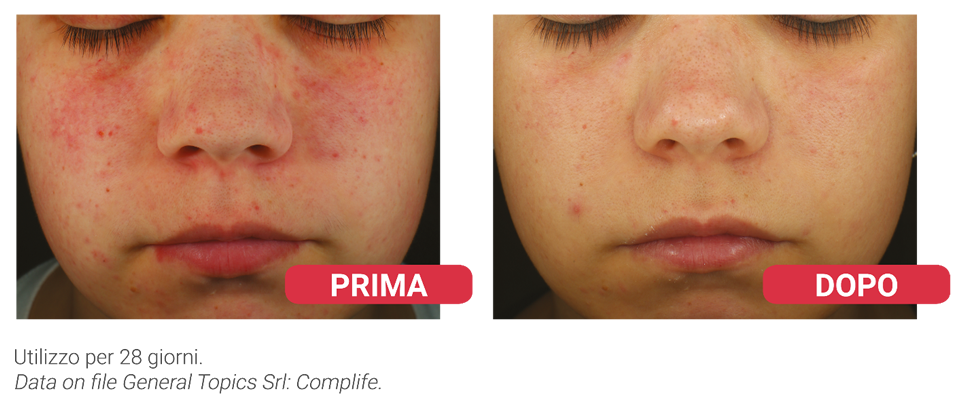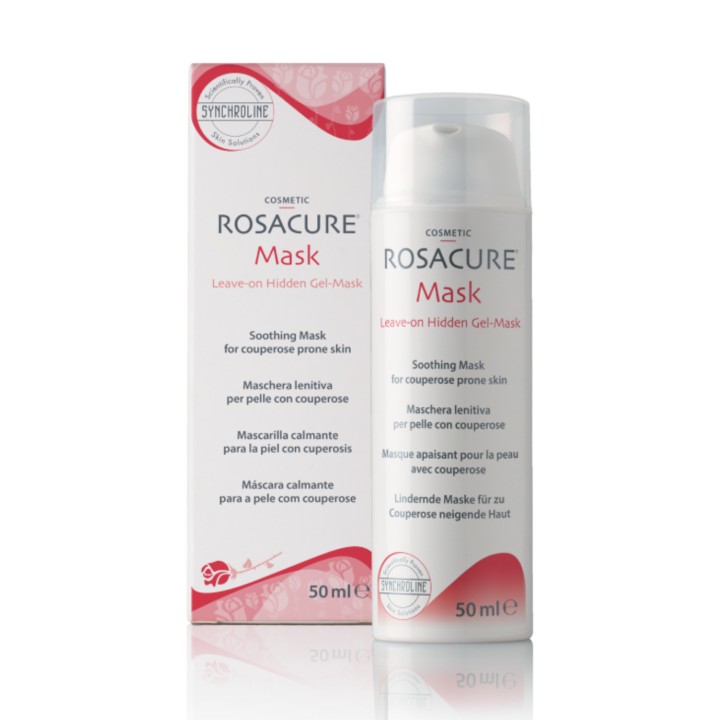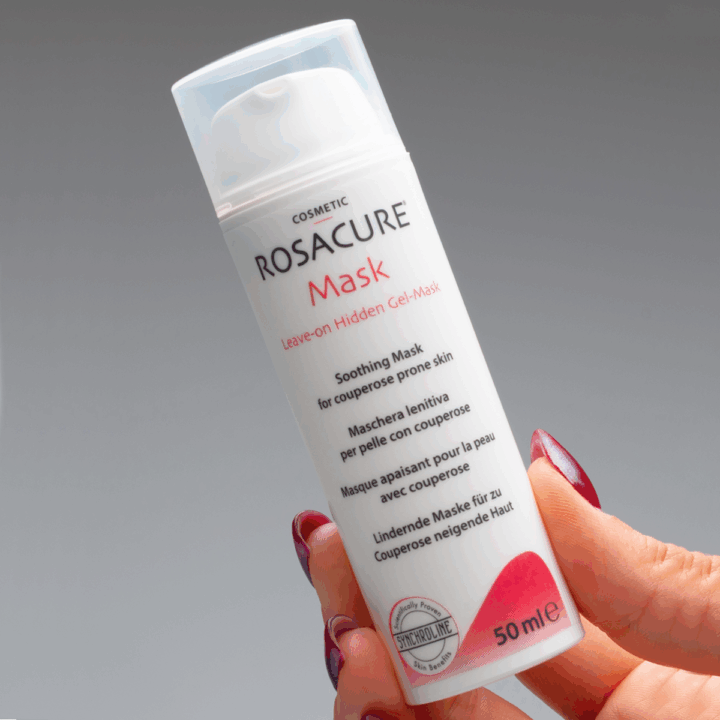What is Couperose?
Couperose: what it is, how to recognize it, and what to do to reduce redness
Couperose is a very common skin condition, yet often underestimated. Recognizing the symptoms and treating it with targeted solutions can visibly improve the skin’s appearance and overall health.
What is Couperose?
Couperose is a benign skin condition characterized by localized redness, especially on the cheeks, nose, and sometimes chin and forehead. It appears as reddish patches caused by the abnormal dilation of superficial blood capillaries, creating a visible network of tiny veins.
Unlike temporary flushing (which may be triggered by emotions or heat), couperose tends to become persistent. Initially, the redness may be occasional, but over time the capillaries lose elasticity, leading to permanent redness and visible telangiectasias (broken capillaries).
It is often considered an early or mild form of rosacea, a more complex chronic inflammatory condition that may also involve burning, heightened sensitivity, and in some cases, acne-like lesions.
Who Is Affected?
Couperose mostly affects adults between the ages of 30 and 50, with an estimated prevalence of 5% to 10% of the global population. This varies depending on geographical area and ethnicity. While it’s more common in individuals with fair skin, it’s not exclusive to them. It also tends to affect women more frequently, although men may experience more severe symptoms.
What Causes Couperose?
The exact causes of couperose are not fully understood. However, it’s believed to result from a complex interplay of genetic predisposition and an exaggerated skin response.
Chronic skin irritation leads to increased production of chemical mediators (such as cytokines and neuropeptides), which are responsible for skin hyper-reactivity. Changes in immune system function and the presence of certain microorganisms (like Demodex folliculorum) may also contribute, acting as potential aggravating factors.
What Can Make It Worse?
Several environmental factors and daily habits can worsen the redness associated with couperose, making the skin more reactive:
- Sun exposure
- Sudden temperature changes (hot/cold)
- Spicy foods, alcohol, hot drinks
- Stress and strong emotions
- Harsh or unsuitable cosmetics for sensitive
How to Manage Couperose?
In presenza di rossori frequenti e capillari visibili, è importante:
- rivolgersi a un dermatologo
- proteggere la pelle dai raggi UV ogni giorno
- utilizzare dermo cosmetici adatti a pelli reattive
- evitare gli agenti irritanti
A Targeted Solution: Rosacure Mask
One of the most innovative products for those dealing with couperose is Rosacure Mask Leave-on Hidden Gel-Mask.
What makes it different?
- It’s an invisible leave-on mask, applied in the evening, that doesn’t feel greasy and leaves no residue.
- It works overnight with a dual function:
1. Soothes the skin from daytime stress
2. Prepares and strengthens the skin for the next day
- It contains a patented biomimetic peptide that helps counteract redness formation.
- Can be used alongside other targeted anti-redness treatments.

How to Use Rosacure Mask
For intensive action, apply the mask every evening after your cleansing routine—no need to rinse.
For maintenance, use it on alternate nights in combination with Rosacure Fast.
By morning, your skin will appear visibly calmer, more even, and ready to face the day.
Couperose can be effectively managed with conscious cosmetic choices and a gentle yet effective skincare routine.
Rosacure Mask is an innovative option, developed with scientific rigor to provide real relief to fragile, redness-prone skin.
Recommended products in this article



